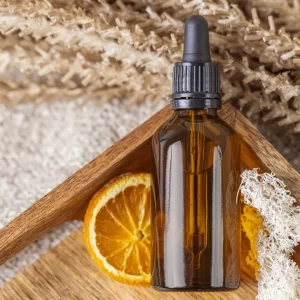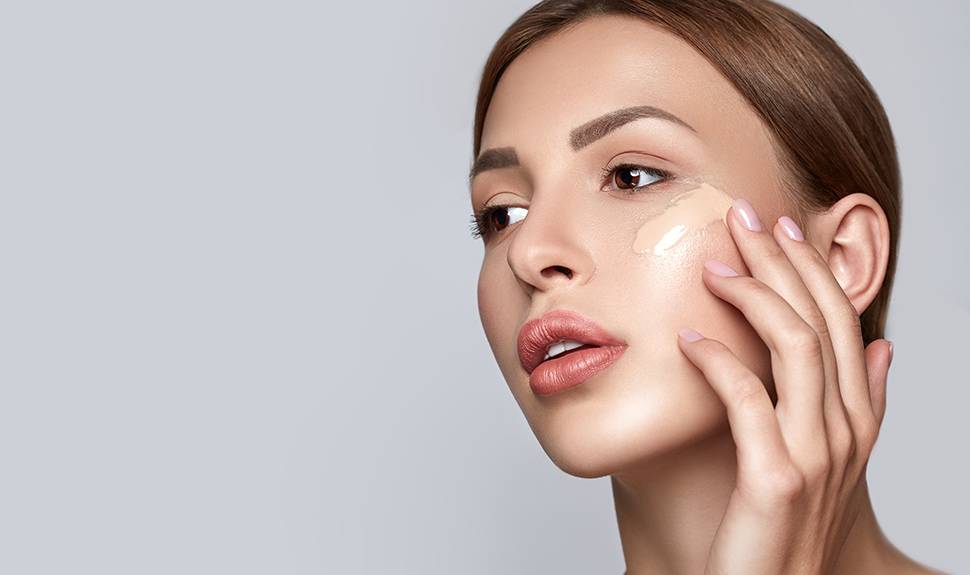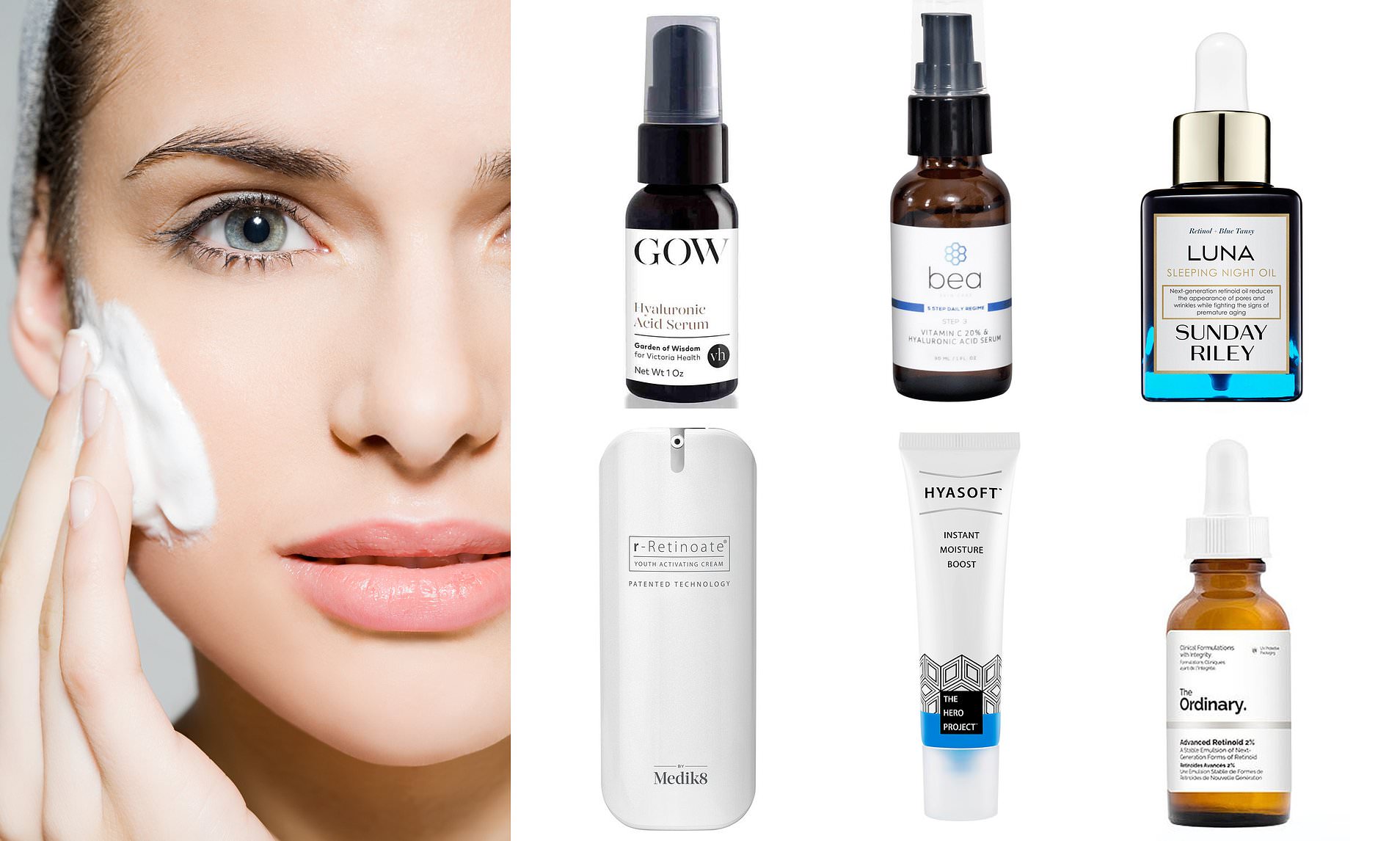Turmeric is an ancient herb whose rhizome (underground stem of the plant) has been in use in Ayurveda and Chinese traditional medicine turmeric powder price for its therapeutic and potent medicinal properties.
It is also one of the condiments used across South-Asian cuisines. Curcumin is the main bioactive chemical present in turmeric. It is also one of the determinants of turmeric powder price since the variety with more Curcumin content is considered premium quality.
Varieties of Turmeric
There are many varieties of turmeric plants based on their cultivation across geographies within India. Some of the most popular types include Duggirala, Lakdong, Tekkurpet, Salem, Alleppey, Muvattupuzha, Sugandham, Amalapuram, and Erode local.
These are mostly named based on the regions from which they are grown and sourced. Turmeric powder is a spice best known for its bright color that ranges from golden hues to orange-yellow. When incorporated into the cuisine, turmeric powder lends a unique flavor that trickles on to the taste buds.
Curcumin content
According to the Turmeric – Extension Pamphlet issued in November 2015 by the ICAR-Indian Institute of Spices Research, the Curcumin content in Indian varieties ranges from a minimum of 3.1% and a maximum of 8.4%.
An October 2020 report in The Shillong Times claims the Lakdong variety originating in Meghalaya, having high Curcumin content, to be internationally acclaimed and reports that farmers in the state often receive inquiries from the US and other foreign countries.
Curcumin is understood to be an effective antioxidant. Its anti-inflammatory and anti-cancer properties are well established too.
In fact, according to research conducted by the Coimbatore Medical College in 2009 (Turmeric: A Herbal and Traditional Medicine), Curcumin has the potential to alleviate pain and reduce swelling, for which modern medicine usually prescribes steroidal medications that have adverse side effects. Compared to the benefits derived, the turmeric powder price is incredibly affordable.
The patent war over turmeric
Turmeric is not only traditionally used in Ayurveda for its medicinal properties, but it also has an exceptional place in every Indian household’s nourishment. However, most of the countries of the western world are only discovering its many benefits.
Research in this area by western countries and clinical trials to establish its efficacy has been limited. However, just like turmeric, ginger, gooseberry (amla), Brahmi, etc. has been used in Ayurveda for at least 2500 years.
In the year 1995, turmeric’s wound healing properties were patented by two Indian origin scientists in the US by the US Patent and Trademark Office (USPTO). This was a clear cut case of bio-piracy, as often happens with traditional and indigenous knowledge of the Indian sub-continent.
Two years later the CSIR (Council of Scientific and Industrial Research) of India challenged the award of a patent.
Subsequently, the USPTO revoked the patent based on evidence submitted documenting the use of turmeric for its medicinal properties as early as 1953 in the Indian Medical Journals and based on the existence and usage of traditional knowledge.
Had the patent survived, some corporation’s whims and fancy could have controlled turmeric powder price, availability, and the use itself.
Home remedies using turmeric powder/paste:
1. As first aid
Turmeric powder is very potent with quick healing abilities, and one can use it as first aid for minor cuts and wounds.
Just apply the powder directly or mix it with a little water and apply it directly to the wound. However, it is not ideal to use this on injuries that require stitches. Turmeric can also be applied to wounds on hens attacked by dogs and help in healing.
2. For relief from phlegm occurring in cough & cold
Mix one teaspoon of turmeric powder, white rock sugar candy (kalkandam) each with warm milk and drink. This helps with the excretion of phlegm and relief caused by its blockage within the respiratory tract.
3. For relief from irritant cough
Irritant cough can be the most troublesome and persistent, causing great difficulty. For relief from this, mix one teaspoon of turmeric powder and black pepper powder each with two teaspoons of honey, and take orally for 2 to 3 days.
4. For cosmetic benefits
Raw turmeric (rhizomes) is ground into a paste and applied on the face (except eyebrows, around the eye & beard) to greatly reduce pigmentation, other marks, and scars. This is to be done regularly for at least two weeks to start seeing the results.
Turmeric is rightly called ‘Golden Spice’ because of its colour and innumerable benefits, some of which are mentioned above. Its demand is now at an all-time high because the younger generation is rediscovering these benefits.




